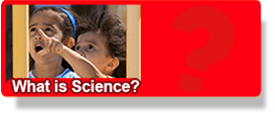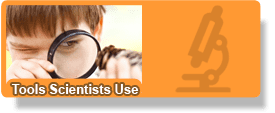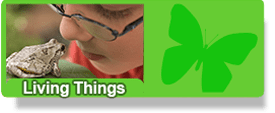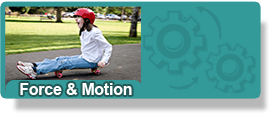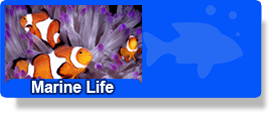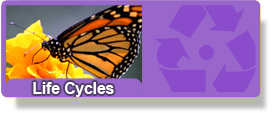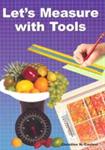Tools Scientists Use
The “Tools Scientists Use” unit introduces children to ideas of scientific recording and measurement. Children learn about several tools for observing and measuring (for example, a ruler, a magnifying glass, a thermometer) and then use them during their own investigations. For example, teachers introduce the use of balance scales as a tool to determine which of two objects is heavier. Children use these tools throughout the SLP curriculum as they study about living things. The goal of this unit is not to teach formal mathematical concepts of measurement but to give children simple functional tools for observing and recording things around them.
Tools Scientists Use includes two inquiry activities and two books:
"What is Science?" Books

How Scientists Observe
How Scientists Observe Author: Marie Mulcahy
Publisher: Abrams Learning Trends
Contact: 1-800-227-9120
Web: www.abramslearningtrends.com
ISBN: 9780766416031 (6-pack)
“How Scientists Observe” introduces children to the idea that scientists use different tools to observe and record information. The purpose and function of the following tools, used by scientists to observe, are featured:
- Microscope
- Camera
- Binoculars
- Telescope
- Hand lense
Let’s Measure with Tools
Let’s Measure with Tools Author: Christine N. Casteel
Publisher: Abrams Learning Trends
Contact: 1-800-227-9120
Web: www.abramslearningtrends.com
ISBN: 9780766418561 (6-pack)
“Let’s Measure with Tools” introduces children to the idea that measurement is used in everyday life and that scientists use different tools to measure the properties of different objects.
Three tools are featured in the book:
- a ruler to measure length and height
- a scale to measure weight
- a thermometer to measure temperature

